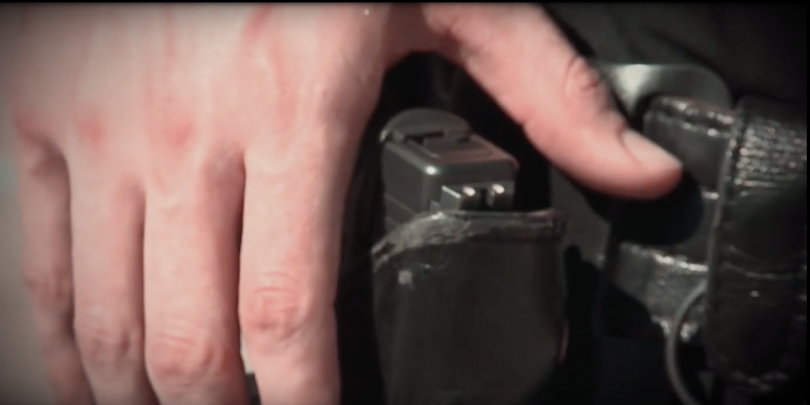The FBI just announced the official launch of their new National Use of Force Data Collection program, which will begin officially collecting data on January 1, 2019.
The program, according to the feds, is the first of its kind, and will be an addition to the national data made available to the public in the FBI’s respected Uniform Crime Reporting (UCR) Program.
“Law enforcement officers across the country face complex and dangerous policing environments that may result in the use of force,” said the FBI in its statement about the upcoming launch.
To date, there has been no official mechanism for collecting nationwide statistics related to use-of-force incidents. While some law enforcement agencies and states–-California among them—have proactively developed their own use-of-force data collections for use at both the local and state level, there has yet to be an official, aggregated view of such data from a national perspective.
The Michael Brown effect
In many ways, the real genesis of this program began in late 2016, when then FBI director James Comey told a gathering of police chiefs that, despite a wave of protests that followed fatal police shootings of Michael Brown in 2014, and the other high profile deaths to follow, “Americans actually have no idea” about how often police use force “because nobody has collected enough data.”
In the absence of accurate figures, said a frustrated Comey, a narrative had formed that “biased police are killing black men at epidemic rates.”
Hoping to counter that narrative, which Comey called “unfair,” he ordered up a pilot program that would count fatal police shootings, but using a new hybrid system that combined what the individual agencies reported with a review of open source data that included news reporting and other sources and documents.
The result was that the new DOJ system recorded 270 fatal shootings by officers in three months, whereas the FBI counted just 442 in all of 2015.
The new system
Fast forward to this year with a new Department of Justice that has had, at times, perplexing priorities regarding what law enforcement data it collected and made public, as when the FBI released nearly 70 percent fewer data tables in its 2017 Uniform Crime Data report, than previous administrations had released in previous years.
Still, according to the FBI, it decided to establish the new use-of-force data collection program at the request of law enforcement agencies around the nation, the idea being to “promote more informed conversations regarding law enforcement use of force in the United States.”
The feds emphasized that the goal of the collection is not to drill down into specific use-of-force incidents, “but instead to offer a comprehensive view of the circumstances, subjects, and officers involved in such incidents nationwide.”
Three types of use-of-force events will be collected. These events include:
*When a fatality to a person occurs connected to use of force by a law enforcement officer;
*When there is serious bodily injury to a person connected to use of force by a law enforcement officer;
*In the absence of either death or serious bodily injury, when a firearm is discharged by law enforcement at or in the direction of a person.
The FBI also stipulates exactly what information on the incident, the subject, and the officer or officers must be included in the reports submitted.
A good step forward
In developing the parameters and the features of the data collection the FBI collaborated with representatives from various law enforcement agencies and related organizations throughout the nation to develop the parameters and the features of the data collection.
In the past, save for the brief DOJ pilot, the only national collection of such use of force data was done by news organizations such as the Washington Post and the Guardian.
“By contributing to the National Use-of-Force Data Collection, law enforcement agencies can demonstrate their commitment to better data,” said the FBI in a statement. “Agencies can access the National Use-of-Force Data Collection via a web application in the FBI’s Law Enforcement Enterprise Portal (LEEP), which allows agencies to report incidents electronically, either individually or by bulk submission.
The hope is by providing the press and the public with the facts about law enforcement’s use of force “in the course of their duties” the hard data will ultimately “strengthen the nation’s confidence in law enforcement,” according to the feds.
As with all of the FBI’s Uniform Crime Reporting data collection, participation by the various agencies is voluntary. And yet most are expected to participate, as they have with the HCR, making it a potentially very valuable resource for U.S. crime data, even if perhaps an imperfect one.
This new step of adding the use of force data to the UCR was supported by such groups as the International Association of Chiefs of Police, Major Cities Chiefs Association, Major County Sheriffs of America, the National Organization of Black Law Enforcement Executives, the National Sheriffs’ Association, the Police Executive Research Forum, and more.


